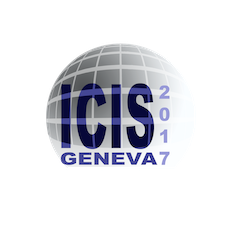Speaker
Description
The difference in material that covers the plasma electrode surface can affect the production and destruction processes of negative hydrogen ions (H$^-$). Tantalum adsorption on the plasma electrode is believed to reduce negative ion destruction by capturing hydrogen atoms, and the same effect is expected for caesium adsorption.
In this experiment, tantalum and tungsten filaments produce a hot cathode discharge plasma in a cylindrical ion source filled with hydrogen gas. The filaments evaporate the material to form a layer of each element on the plasma electrode surface. These filaments are 0.35 mm in diameter and the ends are fixed to the current feed through ports with screw to make their length to be about 90 mm. The ion source has 150 mm inner diameter and 200 mm height. A 350 l/s turbo molecular pump coupled to an oil rotary pump evacuate the apparatus to reach the ultimate pressure down to 3.0 × 10$^{-5}$ Pa. Electron temperature and electron density are measured with a Langmuir probe immersed in the plasma. Irradiation of an 808 nm semiconductor laser yields photon induced signal corresponding to the H$^-$ density by photodetachment reaction near the plasma electrode. The characteristics of photodetachment signal against plasma electrode bias are being investigated for different coverage of Ta.
